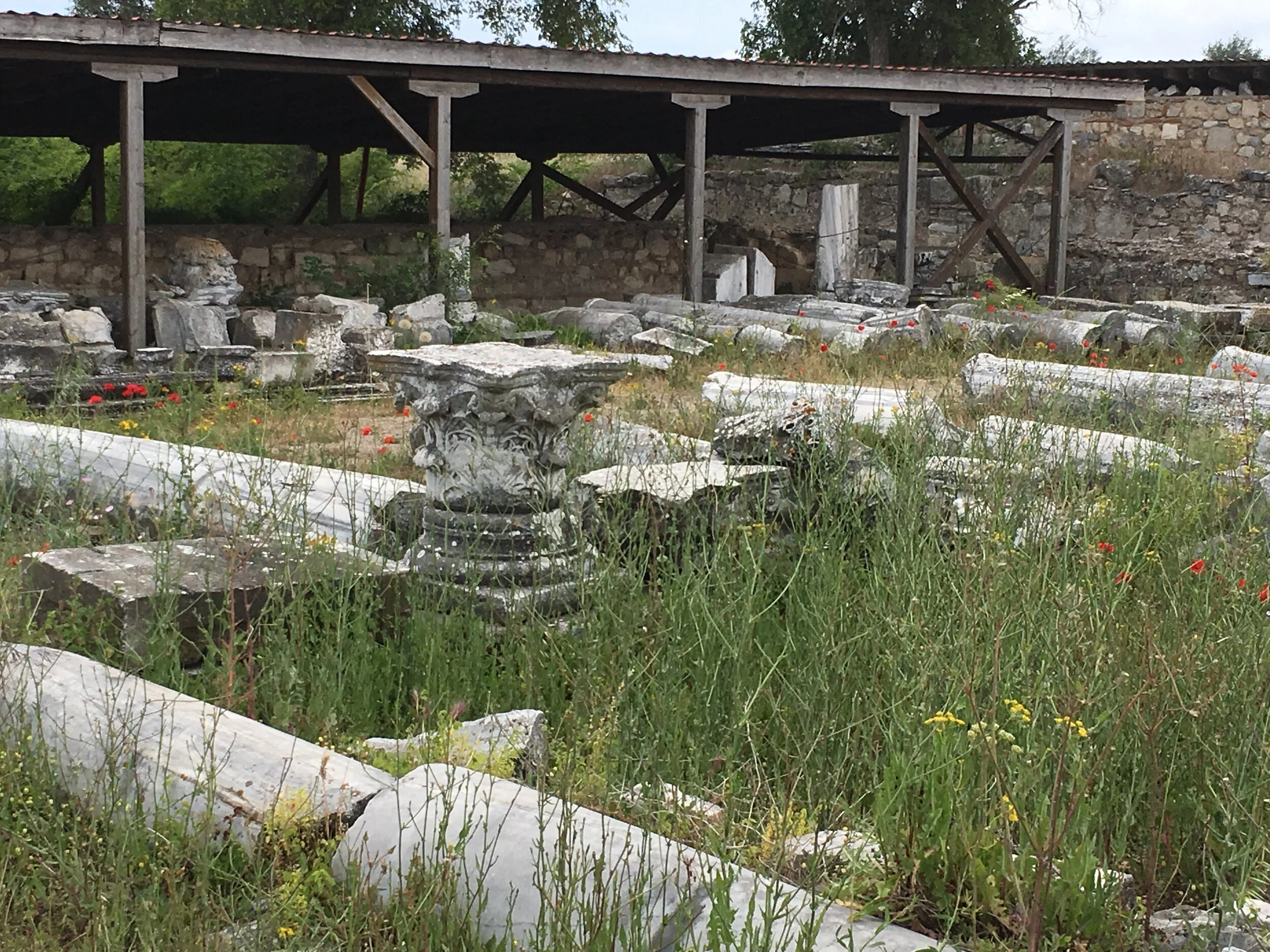
An Isis Statuette from Amphipolis
In Bibliotheca Isiaca IV, edited by L. Bricault and R. Veymiers. Bordeaux: Éditions Ausonius, 85-93.
This essay examines a marble statuette now on display in the Kavala Archaeological Museum (inv. no. L195). First published in 2013, the statuette depicts a draped female that Dimitri Damaskos identified as Isis. My goal is to set this object in its local, Macedonian, and Mediterranean context and consider how it may advance our understanding of Isiac cult and material culture in the Hellenistic period. In this essay, I set this statuette in its art historical and historical context and provide preliminary comments on its identification, date, and use. The statue dates to the mid-2nd to the 1st cent. BCE and is among the first images of the goddess produced in the region. Based on its stylistic and formal connections with contemporaneous island examples, I argue that this statuette suggests a new vector for connectivity in Hellenistic Amphipolis, pointing towards a more cosmopolitan cultic and artistic community than has been previously suggested.
